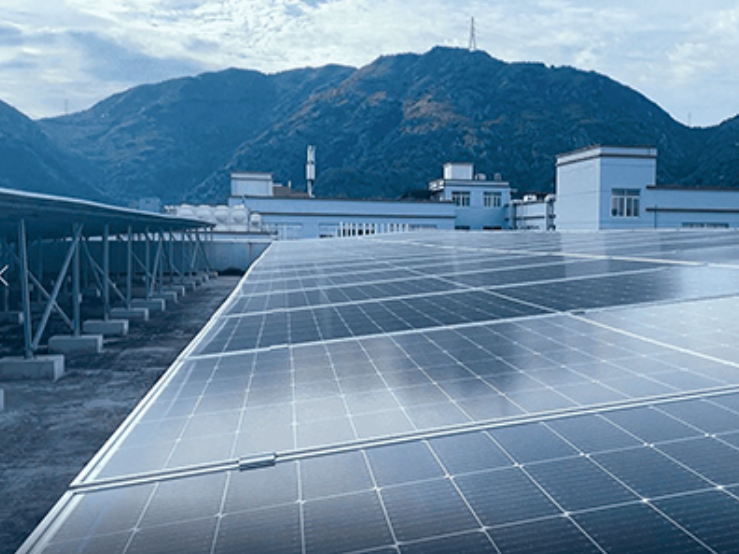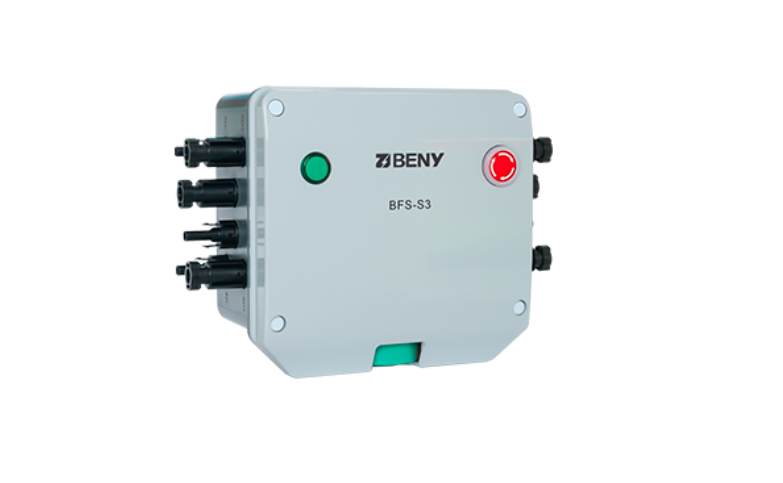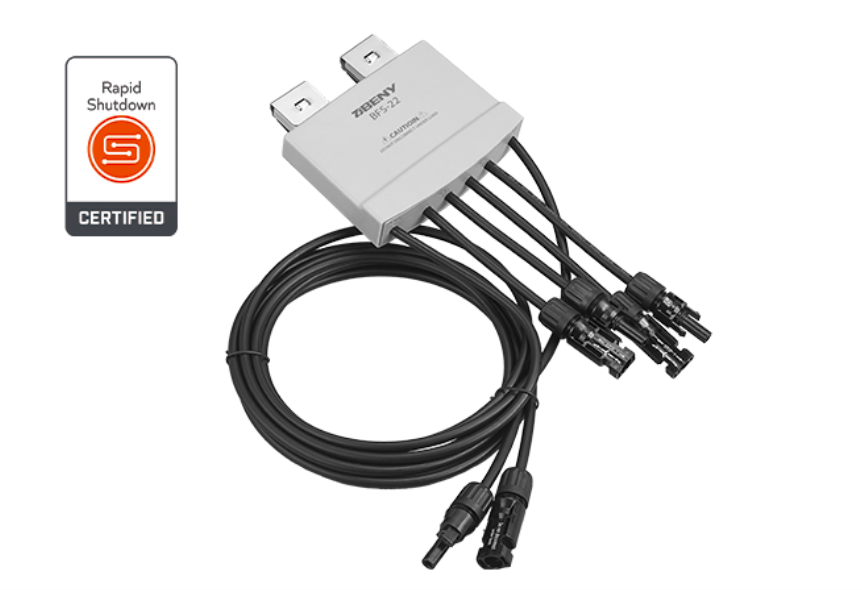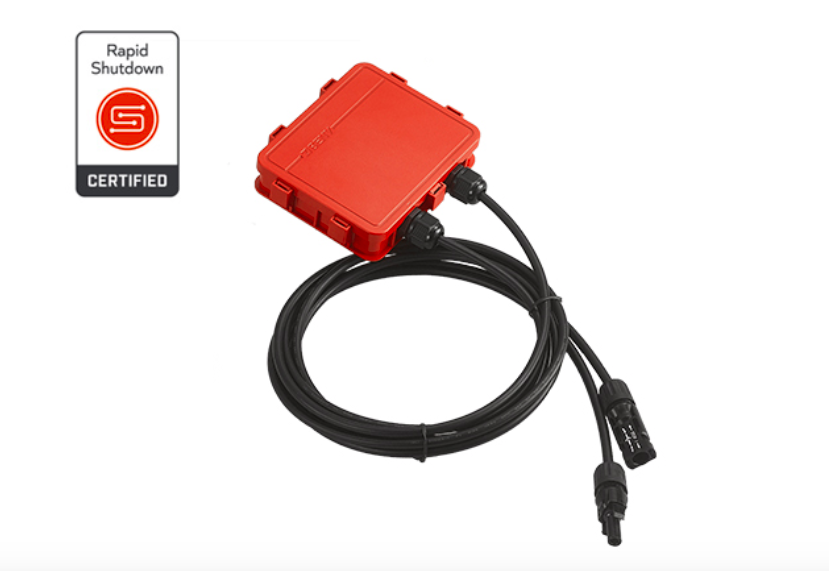
Solar energy systems are managed under the National Electric Code (NEC). Contractors cannot install electrical wirings and equipment easily; a set standard from the NEC has to be followed.
What is Rapid Shutdown for Solar Energy?
Solar energy systems have a solar panel shut-off switch for rapid shutdown regulation. It was first implemented by the NEC in 2014, along with associated guidelines.
Rapid shutdown guidelines require that a solar energy system has a fast and easy method for cutting off energy or electricity running through the system as a safety precaution.
Importance of Rapid Shutdown
A rapid shutdown switch is an essential safety precaution. In sunny conditions, with a system working properly, panels are carrying live electricity. In most situations, the system is safe and its panels have conduits that run from one to another and to the inverter.

However, certain emergency situations are unpredictable. Some conduits can be damaged and expose others nearby to live electricity. This situation is dangerous for firefighters and other first-aid responders who need to access the area surrounding the system.
This is when the importance of a rapid shutdown switch becomes clear. First aid responders can quickly cut off the power in the conduits, giving themselves safe access to the area around the system.
Locations where Rapid Shutdown is required
Technically, rapid shutdown is not required everywhere in the United States. However, it is advisable to have it installed.
A rapid shutdown switch was made a requirement by the NEC in 2014. Every three years, the requirements for safe practices in electrical systems are updated, although the NEC is not federally mandated, with states either adopting a code of time and discretion or opting for an independent, state-wide electrical code instead.
As of 2021, individual states have either introduced a new version of NEC or have their own code. Installation in a state where the 2014 or newer versions are in force will involve a system having to follow NEC rapid shutdown requirements in order to pass final inspection.

Specific Requirements for Rapid Shutdown
The solar shutdown procedure must meet several specific criteria to comply with NEC. The requirements may vary depending on the state location of the system.
National Electric Code 2014
The NEC 2014 requirement mandates that all controlled conductors with solar panels beyond ten feet have to be reduced to 30 volts and 240 volt-amperes within 10 seconds when initiating rapid shutdown.
To simplify, controlled conductors are those that transmit AC or DC power from the solar energy system. If these conductors are beyond ten feet from the solar panels or array, other conductors within ten feet can maintain power once the shutdown switch is initiated. Thus, the NEC requirement only applies to solar system conductors more than five feet in length inside a building or more than ten feet from a solar energy system.
In addition, a rapid shutdown device and other components of the system have to be labelled properly.
Some systems use string inverters to comply with NEC 2014 requirements for rapid shutdown specifications. If the inverter is placed within ten feet of the array, there is no need to have conductors extend beyond ten feet of the solar panels.
National Electric Code 2017
The NEC 2017 is the expanded set of requirements for a rapid shutdown initiation device, specifying that conductors beyond one foot of solar panels be de-energized via a rapid shutdown switch. It represents a significant reduction to the ten-foot zone of the previous NEC version.
Inside the one-foot zone, solar components have to be limited to 80 volts within 30 seconds of initiation of the shutdown device. The most common way to comply with this requirement is to opt for module-level electronics.

Do older solar energy systems need to comply with more recent NEC versions?
It depends on when the solar energy system was installed. If the installation took place before the implementation of NEC 2014 or NEC 2017, it is not necessary to install a rapid shutdown switch retroactively.
However, if it is planned to expand and make substantial changes to a system which necessitate a new inspection, it will be required to comply with the most recent regulations.
Rapid Shutdown Switch Installation
The above makes clear how important rapid shutdown initiation devices are for solar energy systems and why it is advisable to comply with requirements and local guidelines to ensure the safety of first-aid responders.
This is why it is vital to partner with a reputable and experienced solar energy system installer. BENY has both experience and expertise and produces the highest quality components.

